Hello! I have an "ant problem" and I am trying to understand the cause of it.
These ants are very small, (here's a picture with my thumb in it for reference), they are quick, and don't follow lines, they seem to have a scattered trajectory pattern.
We have high clay soil with quite a bit of compaction, I remember reading somewhere that ants are the worms of the drylands and decompact the soil, and even though we are Mediterranean Temperate, the summers are dry and we have quite a lot of wind, so I suspect the root cause of this overwhelming ant presence is the state of the soil, something is unbalanced. The land hasn't been cultivated for a couple of years.
Some places where we find the ants are to be expected:
They climb up and down fruit trees where they are usually farming aphids or eating rotting fruit. Also, they are inside the cob oven. I had all my young artichokes die because of the ants and their massive aphids farms, but since I'm not able to be on the property a lot, I just kind of accepted it and realized I need to fix the root cause of the problem, and that is where I need your ideas!
They are also inside the house and have been for a few years, even if there is no food whatsoever. They even get into the light fittings and make the lights flicker. We can see the house insulation (perlite and cork) coming out some gaps amongst the stones on the exterior wall.
But there are other places where I don't get their presence:
They go into my potted trees, for example. I have some carob seedlings and some avocados. I don't think they have root rot, I understand ants would go there if they had it, but they seem to be healthy, although I must say the sight of all this ants in the soil and the death of a couple of the carobs make me worry about what the ants are actually doing in there...
Also, they are on the vegetables. Attached is a picture of a chard and a carrot we let go to seed, you can see how they are piling up the crumbly soil on the surface.
What I want to know is:
1-What are they doing, why is their presence so important?
2- What can I do to help the situation, re-balance the ecosystem so their numbers decrease and don't cause problems??


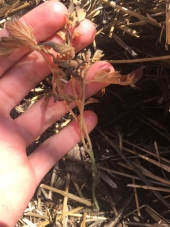








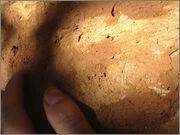
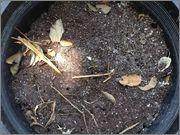
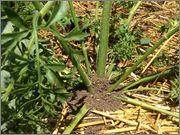
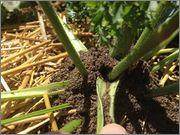
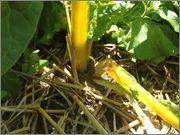

 Good luck with any modifications you undertake.
Good luck with any modifications you undertake.



